GRAFENWOEHR, Germany- Soldiers stationed across Europe recently trained on several weapons at the Small Arms Master Marksmanship Course located at the Joint Multinational Training Command.
The Small Arms Master Marksmanship Course, or SAMMC, is a two-week course offered by the Combined Arms Training Center (CATC) that trains Soldiers on the use of the M-249 machine gun, Mark-19 grenade launcher, M-240B machine gun, M-4 carbine, the M-9 pistol and the M-2 50-caliber machine gun.
"The SAMMC is designed more towards non-combat arms soldiers" said Sgt. 1st Class Allen McGillivray, an instructor for the CATC. "We are here to get soldiers familiarized with the different weapon systems that the Army has to offer."
This course also teaches soldiers how to run a range, as well as how to set up a range for each weapon. After completing the course, Soldiers are able to teach their own troops the standards when they get back to their home unit.
"Most soldiers who attend this course are selected by their unit commander. They must be a sergeant or above, or a specialist in a leadership position capable of teaching soldiers," said McGillivray.
During the course, the first week is spent conducting hands on training in which soldiers learn to perform function checks, the functions of each weapons system and proper weapon safety. The second week allows them to put all they have learned to use on the live fire ranges. The training is geared to reach a wide array of Army specialists, independent of their military occupation.
"That's what is great about JMTC. This is one of the few training grounds that have multiple live ranges with so many different weapons systems - from the Mark 19 to the 9mm," said Staff Sgt. Benjamin Hadley, an instructor for the Close Quarter Battle Course and SAMMC.
The JMTC allows soldiers to train on all aspects of possible battlefield scenarios, thus enabling Soldiers to better prepare themselves for situations they find, while in support of Contingency Operations, Hadley said.
"The most important thing we've learned here is proficiency," said Sgt. Daniel Messner, an aviation operations specialist with the 2nd Battalion 159th Aviation Regiment, and student at the SAMMC. "You have to know how to assemble and disassemble your weapons to make sure they are operational."
Hadley said lessons learned on the battlefield are utilized daily in the training conducted at the SAMMC, and credits other NCOs with making the training a success.
"We, as NCO's, have a lot to learn and a lot to share," he said. "Those that are just coming back from war can share their knowledge with the non-combat arms. Every year since we began the war, from 2001 to 2009, the enemy continues to change and get better, but so will we."
By utilizing the numerous training facilities and courses offered by the JMTC, these instructors and students help ensure that future warriors will not only complete their mission, but arrive home safe.

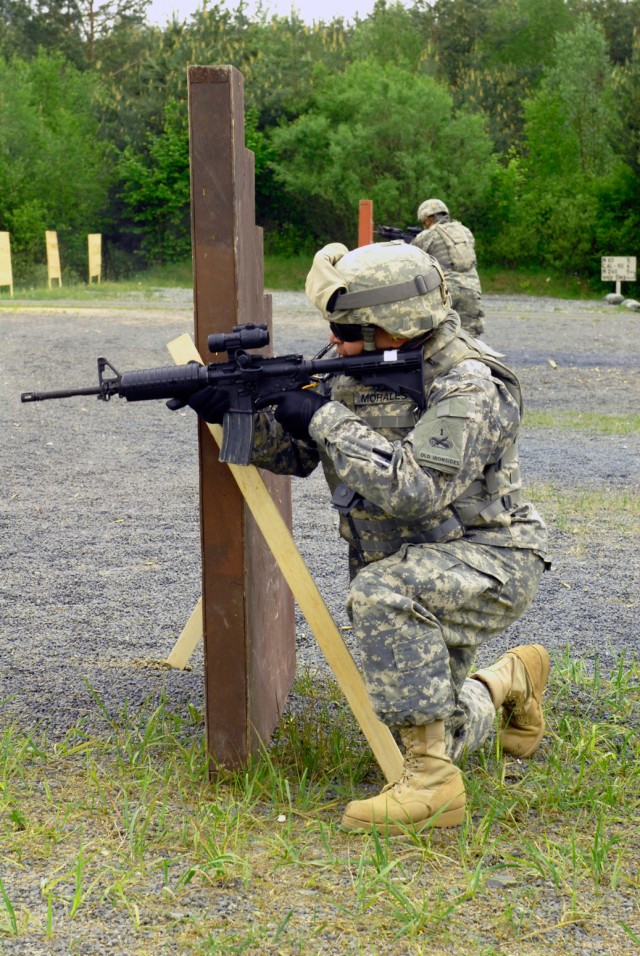

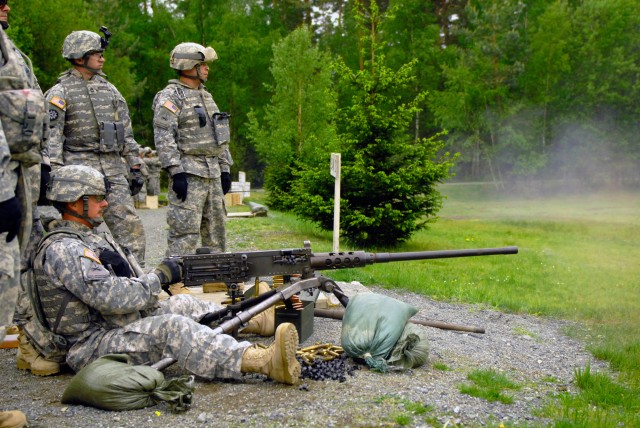

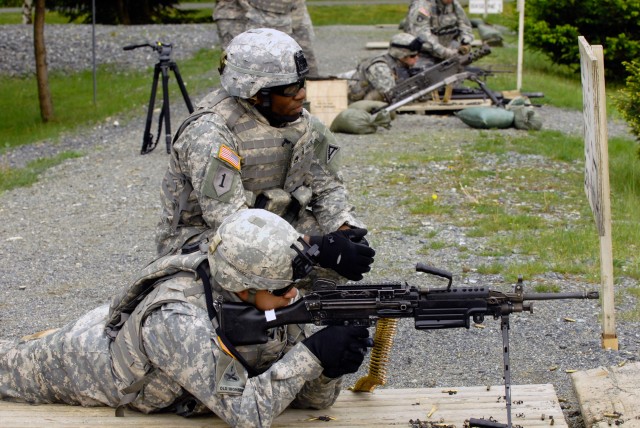
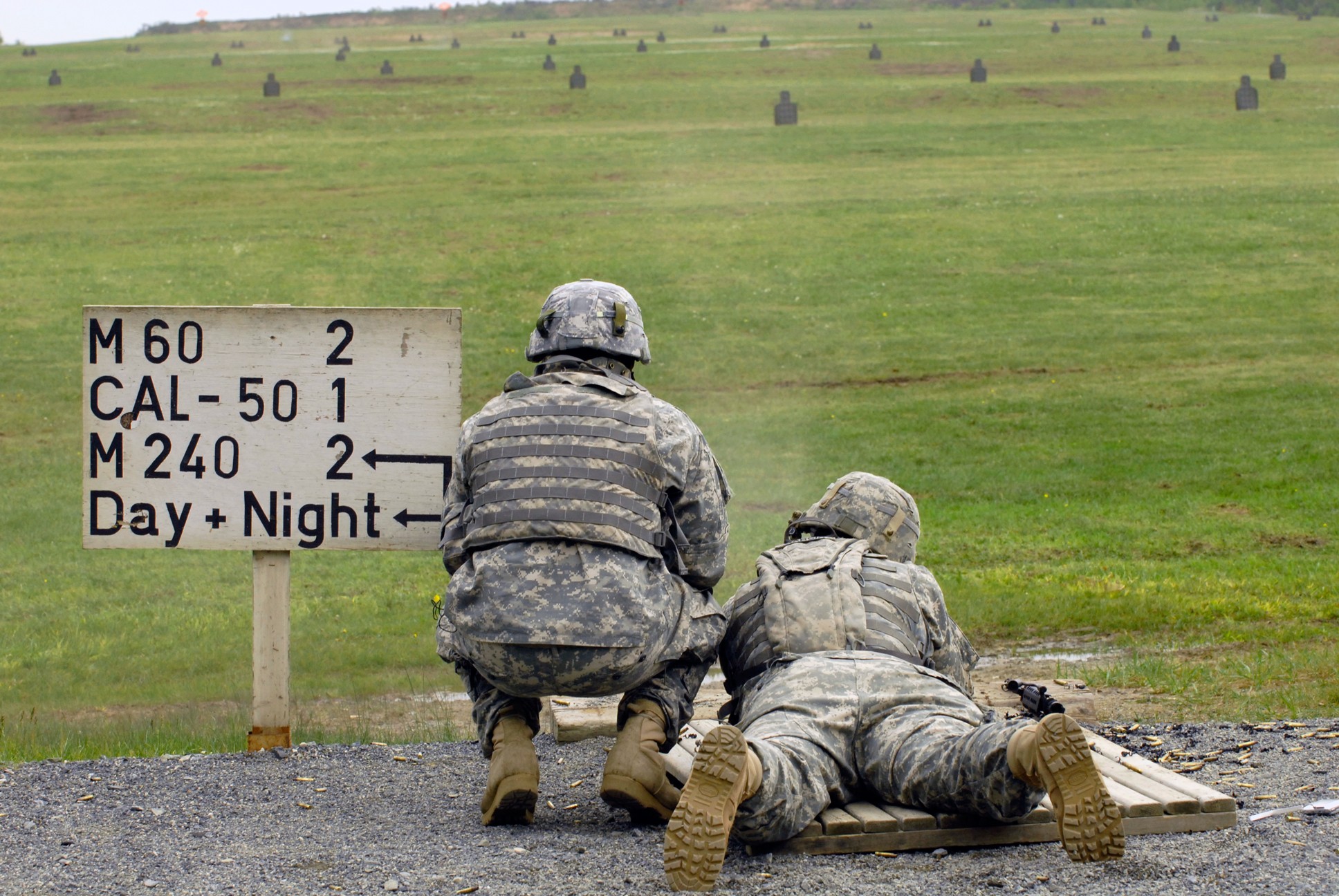
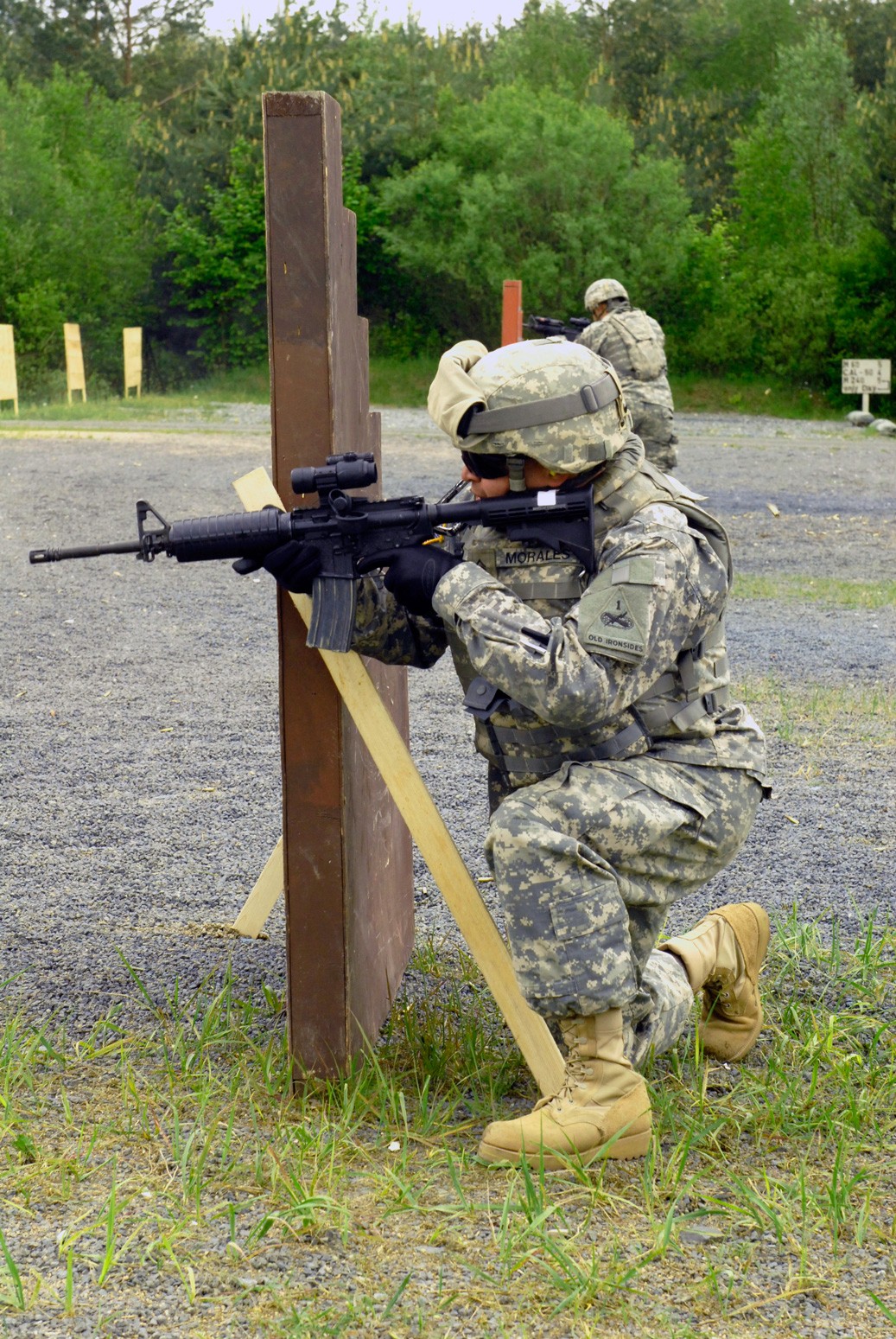




Social Sharing